
Light Needs

Mature Height

Mature Spread

Growing Zones
Overcup Oak is a deciduous tree commonly found along coastal and other waterways in the central and southwest United States. The name Overcup comes from the look of the tree's acorn. The rough burr or husk covers over 2/3 of the nut, making it more buoyant and durable if it drops during periods of flooding. Quercus lyrata reaches a moderate height of 30-60 feet, which works well in suburban backyards and other smaller garden locations. It tolerates seasonal flooding and boggy soils, making it a good choice for challenging locations.
The deciduous foliage turns shades of yellow, orange, and tan during autumn, often holding on the branches for weeks longer than other trees. Like all oak trees, Overcup is a keystone plant and offers valuable food and shelter to a wide variety of pollinators, birds, and mammals. While this tree can be mildly damaged by deer or other large animals, the real value for Overcup Oak is its incredible resistance to Oak Wilt disease, which has decimated oaks in urban and rural areas alike.
Overcup Oak Care
Take into account the mature height and spread of Overcup Oak when siting this tree. The mature canopy can spread up to 60 feet, so place this Oak at least 20 feet from any building or overhead utility lines. It prefers slightly acidic to neutral, well-draining soil. When planting, place the root flare just at or slightly above the soil level, and do not allow mulch to rest against the trunk. Regular watering is required for the first few years until the tree is well established. Provide about one inch of water, either through natural precipitation or supplemental watering.
Pruning is minimal for Overcup Oak. When the tree is young, prune out crossing branches or branches that bend down to maintain an open shape while allowing the main central leader to become dominant in the structure. Make sure the branches are well distributed around the tree to promote an even and balanced shape. Even though Overcup Oak is resistant to oak wilt, the best time to prune is in late winter or early spring while the insects carrying the disease are not active.
Overcup Oak can take up to 30 years to produce a crop of acorns. If there is room in your landscape, planting a compatible oak variety may help to improve yearly pollination and the fruiting ability of Overcup Oak. White Oak, Sawtooth Oak, and Swamp Chestnut Oak are recommended pollinator partners.
Overcup Oak Spacing
Space trees at least 20 feet or more from building foundations, driveways, sidewalks, or overhead utility lines. While the canopy can spread 35-60 feet at maturity, the root system will spread farther outside of the dripline, seeking water and nutrients. Plant other trees at least 20 feet away from Overcup. Shallow-rooted perennials and shrubs are perfect for creating an understory layer and will help suppress weeds and slow moisture evaporation in the soil.
Overcup Oak Tree Information
| USDA Hardiness Zones: 5 - 9 |
| Plant Type: |
| Light Exposure: Partial Shade to Full Sun (At Least 3 Hours Of Direct Sunlight) |
| Mature Height: 35 to 60 Feet |
| Mature Spread: 35 - 60 Feet |
| Spacing: 35 - 60 Feet |
| Habit: Mounded |
| Flower Color(s): Brown, Yellow |
| Flower Description: Brown and Gold Shades |
| Bloom Period: Spring |
| Foliage Type: Deciduous |
| Foliage Color(s): Green |
| Foliage Description: Green Shades |
| Seasonal Interest: Spring Flowering |
| Watering: Average |
| Resists: Deer |
| Tolerates: N/A |
| Attracts: Birds, Butterflies |
| Container Role: |
| Uses: Specimen or Focal Point |
| Features: Attracts Pollinators |
| Brand: |
| Common Name: Overcup Oak Tree |
| Other Name(s): Swamp Post Oak, Swamp White Oak, Water White Oak |
| Scientific Name: Quercus lyrata |
Please Note: The pictures below are to give a general representation of the different container sizes. The actual size/ages of plants are estimates and will vary based on type of plant, time of year, last pruning & many other factors.
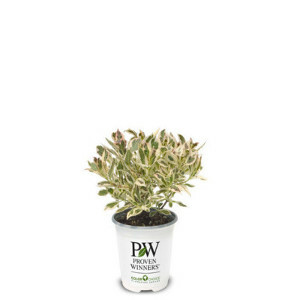
Also Known As:
Quart
Plant Age:
~ 6 months - 1 year
Plant Size:
~ 4"-8"
Pot Size:
~ 4.75"H x 4.5"W
Volume:
1.50 quarts
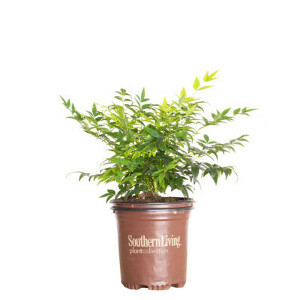
Also Known As:
2.5 Quart Pot
Plant Age:
~ 1 - 2 years old
Plant Size:
~ 8"-12"
Pot Size:
~ 6.5"H x 6.5"W
Volume:
2.20-2.30 quarts
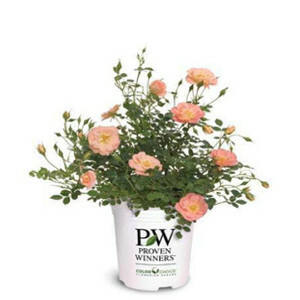
Also Known As:
#1 Container
1 Gallon
Plant Age:
~ 1 - 2 years old
Plant Size:
~ 10"-14"
Pot Size:
~ 7"H x 7.75"W
Volume:
2.26-3.73 quarts
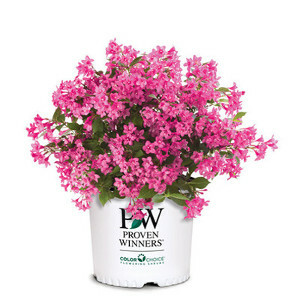
Also Known As:
#2 Container
2 Gallon
Plant Age:
~ 1.5 - 3 years old
Plant Size:
~ 12"-18"
Pot Size:
~ 9.5"H x 9.5"W
Volume:
1.19-1.76 gallons
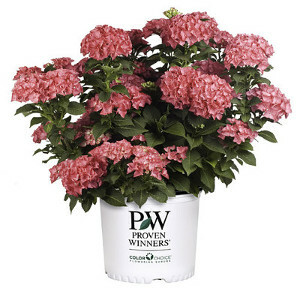
Also Known As:
#3 Container
3 Gallon
Plant Age:
~ 2 - 4 years old
Plant Size:
~ 12"-30"
Pot Size:
~9.5"H x 11"W
Volume:
2.32-2.76 gallons

Also Known As:
#5 Container
5 Gallon
Plant Age:
~3-4 years old
Plant Size:
~ 20" - 60"
Pot Size:
~11" H x 10 1/2” W
Volume:
3.5 - 4 gallons

We stand behind our plants with industry-leading guarantees to give you peace of mind.
We want your plants to arrive in great condition! If you notice any issues upon delivery, contact us within 3 days.
Starting January 1, 2026 all bushes, perennials & trees purchased come with an extended 1-year warranty for added confidence. If your plant dies due to a health issue within a year, we’ll make it right.

Pre-ordered plants are scheduled to ship in Spring 2026. We carefully plan our shipping dates based on your USDA Plant Hardiness Zone to ensure optimal planting conditions upon arrival. Want it sooner/later? Reach out, and we'll try our best to accommodate.
Estimated ship week for pre-ordered plants will ship based on growing zones as shown below.
| Growing Zone | Estimated Ship Week |
|---|---|
| Zone 10 | March 30th |
| Zone 9 | March 30th |
| Zone 8 | April 6th |
| Zone 7 | April 13th |
| Zone 6b | April 20st |
| Zone 6a | April 27th |
| Zone 5b | May 4th |
| Zone 5a | May 11th |
| Zone 4 | May 18th |
| Zone 3 | May 25th |
Note: These are only estimated ship dates. Plants may ship out later depending on weather & growing conditions of the plant.
Note: Only plants indicated as pre-order will ship as shown above. All other plants and hard goods will ship as normal.
Plants that are currently in stock typically ship within 2-7 business days after your order is placed.
Plant Addicts ships to the lower 48 states within the U.S. Unfortunately, we do not currently ship to Alaska, Hawaii, or internationally.
This plant cannot be shipped to the following states: AK, HI. These restrictions apply only to this specific plant due to agricultural regulations or other limitations. Other plants may still be available for shipping to these states.
If you have any questions about shipping restrictions, feel free to reach out to our team!





